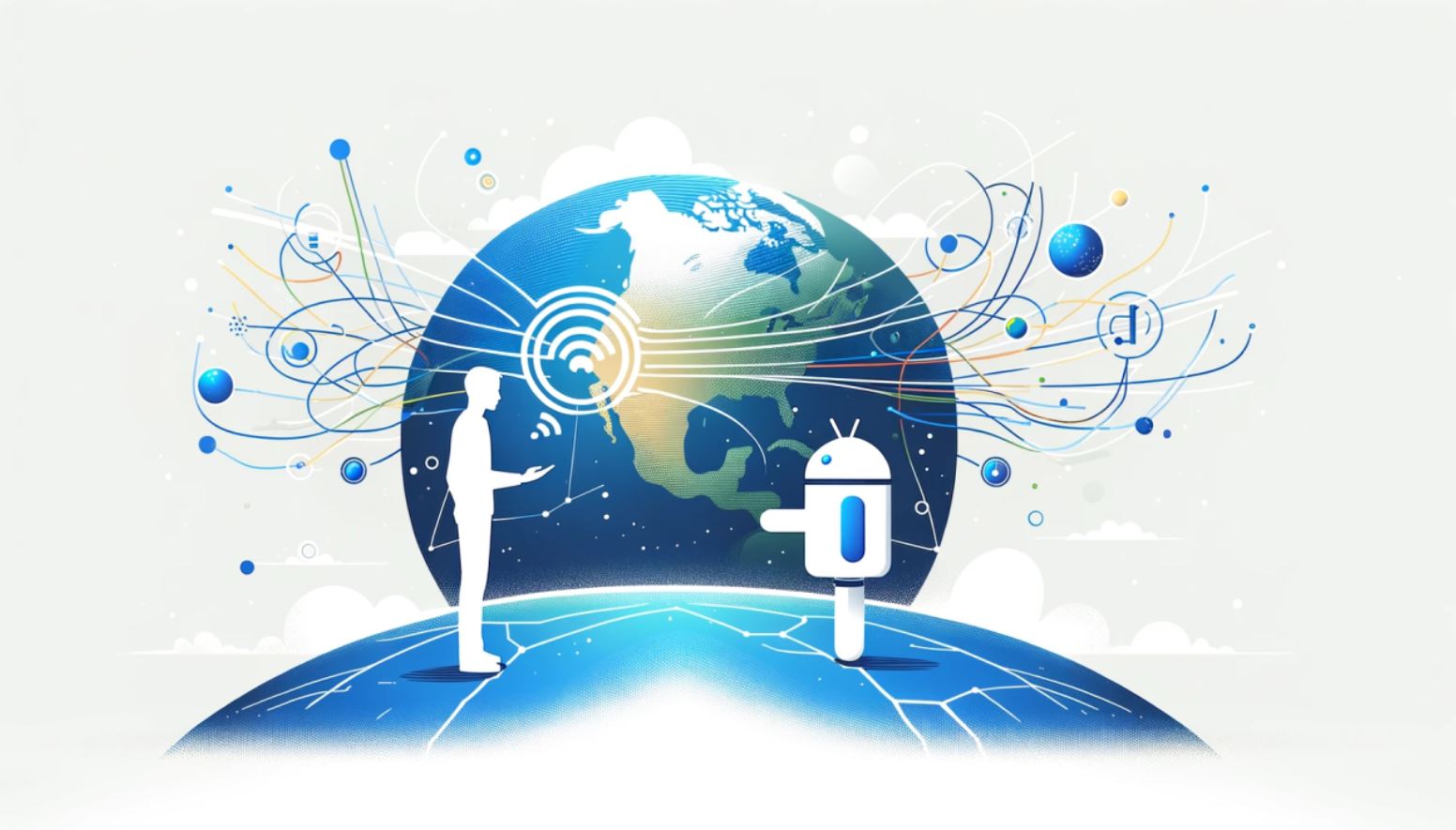 The idea that AI can magically boost productivity sounds exciting, but the reality is more nuanced. Australia, for example, is experiencing its lowest labour productivity growth in 60 years—a situation that has caught the attention of top political leaders. Prime Minister Anthony Albanese has lined up a round table to discuss productivity, which coincides with an interim report from the Productivity Commission. While digital tools and AI are hailed as potential productivity boosters by tech and business sectors alike, the evidence remains mixed.
The idea that AI can magically boost productivity sounds exciting, but the reality is more nuanced. Australia, for example, is experiencing its lowest labour productivity growth in 60 years—a situation that has caught the attention of top political leaders. Prime Minister Anthony Albanese has lined up a round table to discuss productivity, which coincides with an interim report from the Productivity Commission. While digital tools and AI are hailed as potential productivity boosters by tech and business sectors alike, the evidence remains mixed.
Understanding productivity is key. It’s not just about ticking off tasks faster; it’s about making the most of what you put in, whether you’re talking about personal tasks, organisational goals, or even national economic output. In Australia, 80% of income growth over the past 30 years has been driven by productivity gains. Yet, when you try to link individual performance boosts directly to overall economic output, things get complicated.
Studies on AI’s impact on individual work offer a mixed picture. For instance, a 2025 Procter & Gamble study with 776 seasoned product professionals found that those using AI performed at a level comparable to a two-person team working without it. In another example, research with 750 Boston Consulting Group consultants in 2023 showed tasks were completed 18% faster with the help of generative AI. Similarly, a study of 5,200 customer support agents at a Fortune 500 software company noted a 14% increase in tasks solved per hour, with newer team members experiencing a 35% boost. However, not everyone benefits; a survey of 2,500 professionals revealed that generative AI actually added extra workload for 77% of respondents, and nearly half were still figuring out how to make it work for them. Upskilling and validating AI outputs continue to be challenges.
When we move from individuals to organisations, attributing productivity improvements solely to AI is even trickier. Multiple social and managerial factors come into play. For example, the OECD estimates that traditional AI applications, such as machine learning for particular industrial tasks, could boost productivity by up to 11%. Some studies in Germany, Italy, and Taiwan have noted gains, but research on 300,000 US firms in 2022 found no clear link between AI adoption and productivity, in contrast to clearer effects from robotics or cloud computing. In certain cases, any benefits are hidden by extra labour needed to train or run AI systems—a situation exemplified by Amazon’s Just Walk Out technology, which reportedly required significant human support for quality control.
On a national scale, AI’s impact remains uncertain. It’s not just about having the latest technology; companies need to fully integrate and optimise these tools, and broader infrastructure must support them. While we’ve seen undeniable productivity boosts from innovations like the internet, the effects of mobile phones and social media are still debated and vary widely by industry.
In many discussions, AI is portrayed as a tool to streamline routine tasks, freeing up time for creative pursuits. But speeding through emails doesn’t always mean more downtime—instead, it can lead to even more emails. Sometimes slowing the pace can actually nurture innovation rather than a perpetual rush. The true potential of AI might lie in helping us rethink the rhythm of our work, creating the space to innovate and truly enhance productivity.








